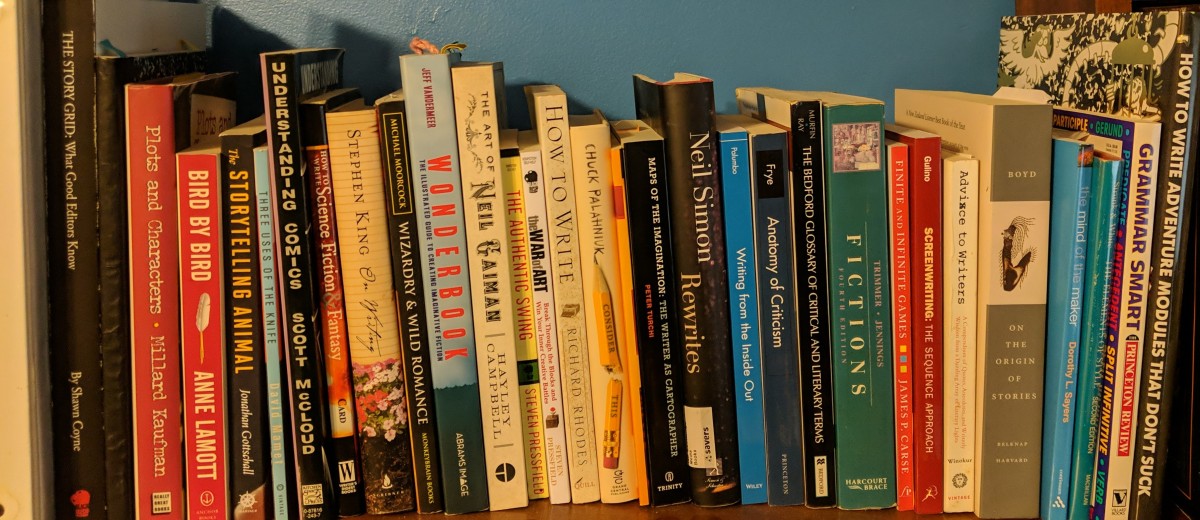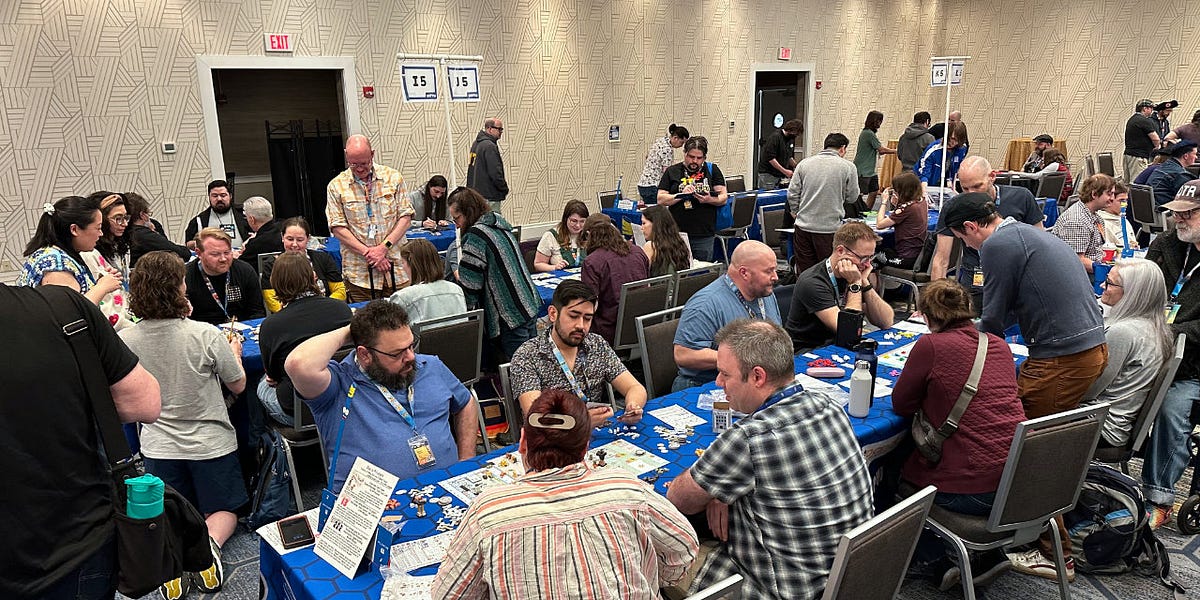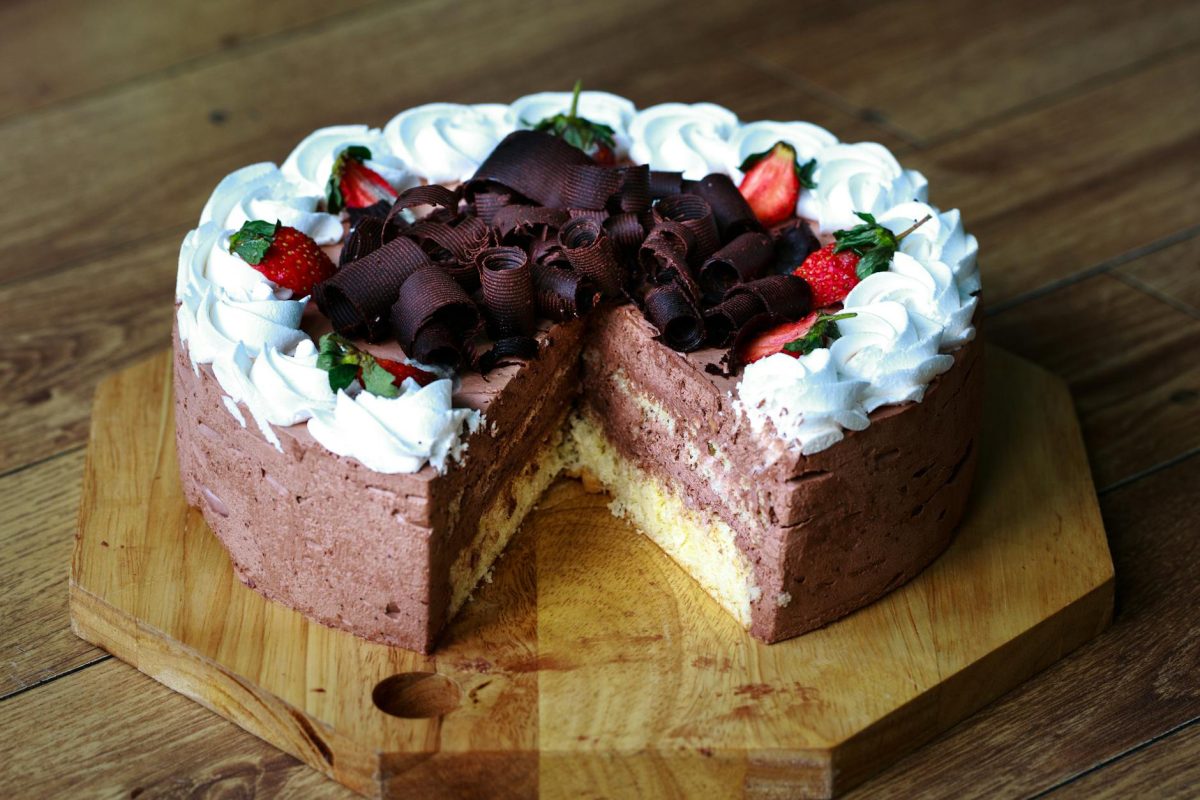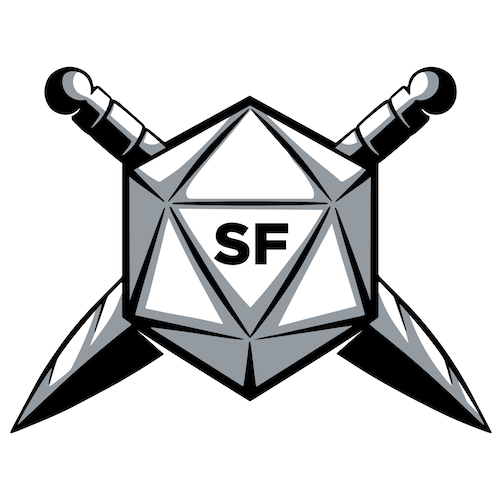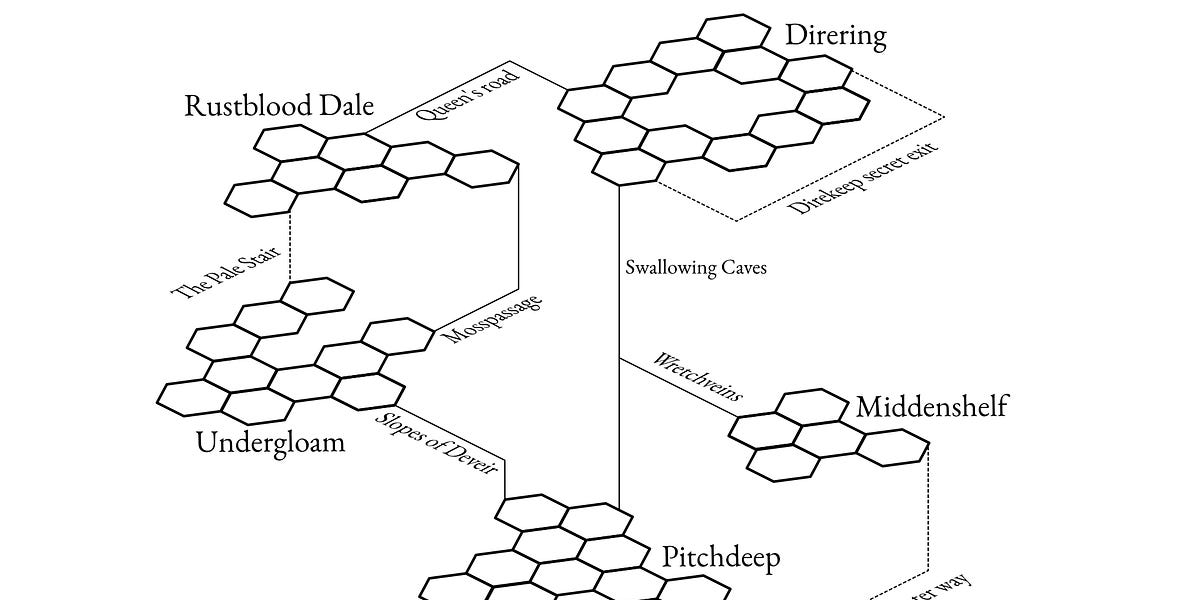SMOOSH JUICE
Kelpsprot Prep 2
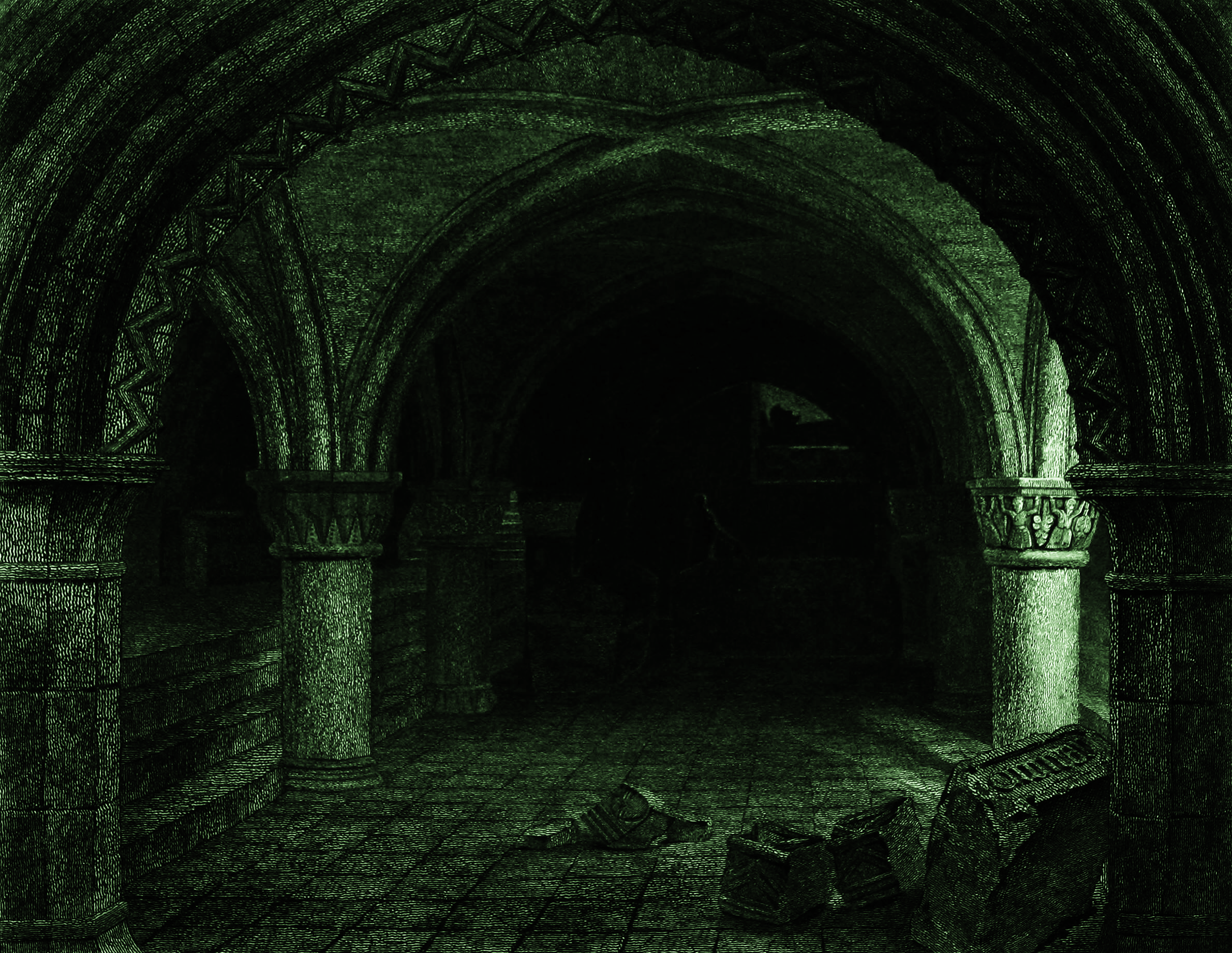

In case you missed my first post on the project, Castle Kelpsprot is my Dungeon25 project: a science fantasy megadungeon world-game designed for HUDless play. I began at a blistering pace, keying 161 rooms through January and the first half of February.
I am incapable of focusing on only one project, however, and at the end of January I began organizing a collaborative newsletter that became Carouse, Carouse! Then I got sidetracked by smaller adventure-writing projects, and in March travel, family obligations, and illness kept me busy. My goal for April is to get back on track writing material for Castle Kelpsprot daily (and blogging)!
I learned a lot by writing 161 rooms for my megadungeon. Many of those rooms are, frankly, quite boring, but the majority are useable, and there are a few dozen that I’m quite proud of. I learned the value of good spark tables and writing rooms in pairs. I also learned that a room-by-room approach to writing a megadungeon does not work for me.
Form Versus Content
Despite extensive planning, I ran into all sorts of problems writing room-by-room. At times I wanted to place a faction at a specific location but found myself running out of space. Other times I encountered the opposite problem: an empty region that no faction could plausibly inhabit. Writing a megadungeon one room at a time felt like starting the process of baking a wedding cake by buying a muffin tin.
Rather than focusing on rooms—and thereby letting the form of my dungeon preceed the content—I’m going to develop the content first, then craft a suitable form. I haven’t wasted any ingredients, but I’m setting aside the muffin tin. Josh McCrowell and Warren D’s Designing Dungeons course has helped me find a better process, as has Joseph R. Lewis’ adventure writing series. Here’s my new plan for writing Castle Kelpsprot:
- Determine the central question of the dungeon. Some players may not care about how the central question resolves, but everyone else in the dungeon will.
- Establish major themes and motifs; use them to create spark tables.
- Write a brief summary of the dungeon’s history.
- Develop major and minor factions, including leadership structure and notable members.
- Write a list of areas/levels along with a brief overview for each.
- For each area/level, write a list of key locations and possible rooms.
- Write lists of minor characters and random encounters.
- Write lists of treasure, traps, room features, and clues.
- Draw a rough map of each area/level and create a diagram of their relative positions.
- Map and key the dungeon.
I’m currently in the midst of developing factions, though I already have entire levels written, along with miscellaneous characters, treasures, traps, puzzles, etc. I still aim to have between 600−900 rooms keyed before I begin running Castle Kelpsprot sometime in October, and I’ll continue to include brief updates at the start of my other blog posts.


